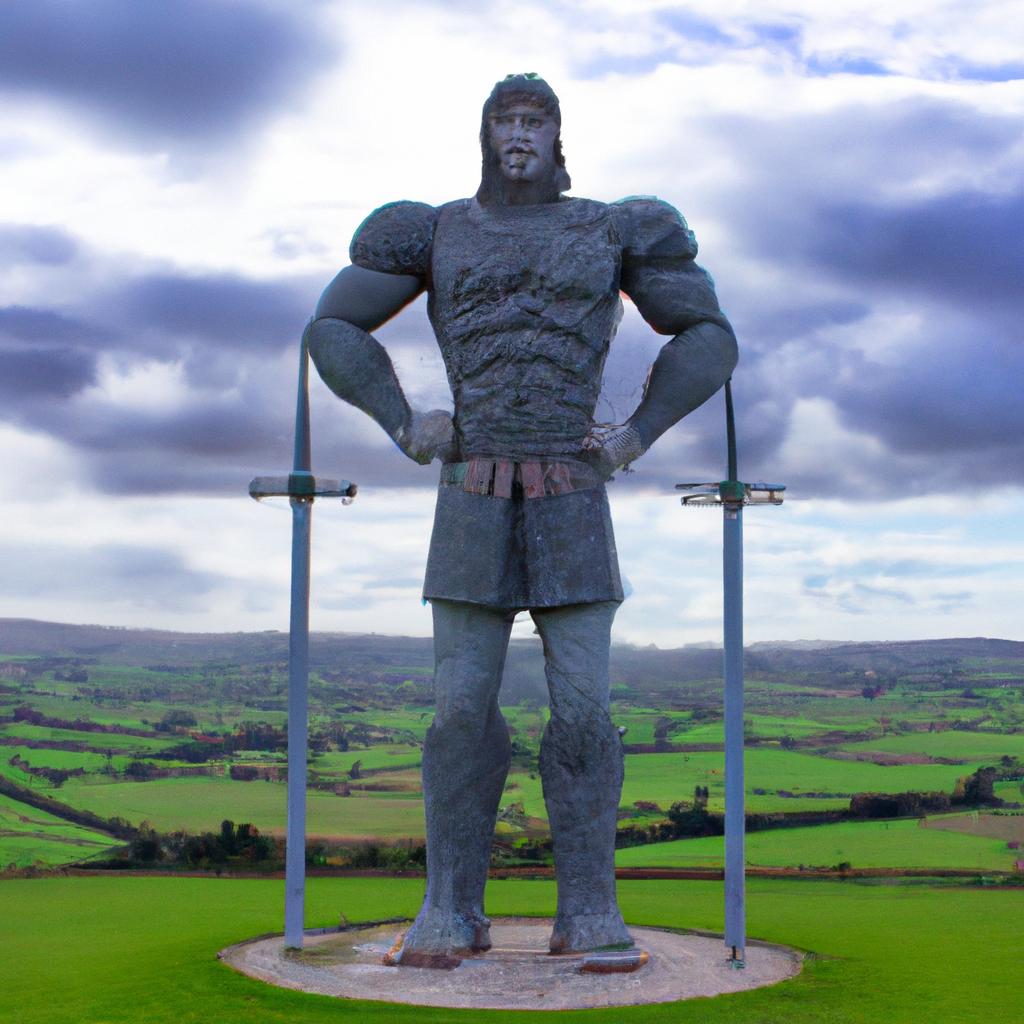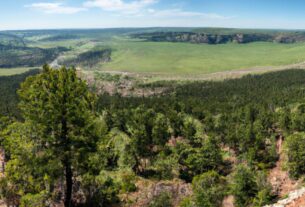Welcome to a journey into the realm of giants in Ireland—a land where mythical creatures once roamed, captivating generations with their immense size and strength. But were these giants merely figments of imagination or did they truly exist? Let’s dive into the rich history, folklore, and contemporary views to uncover the truth behind these captivating legends.
Historical Accounts of Giants in Ireland

Mythological Stories and Legends
Giants have held a profound place in Irish culture since ancient times. From the tales of Fionn mac Cumhaill, the towering leader of the Fianna warriors, to the formidable Balor of the Evil Eye, giants have been an integral part of Irish mythology. These legendary figures, said to possess extraordinary power and stature, have been the inspiration behind many awe-inspiring stories.
Archaeological Evidence of Giant Remains
While some dismiss the existence of giants as mere fantasy, archaeological findings suggest otherwise. In the early 19th century, workers stumbled upon the remains of a man over seven feet tall in County Antrim. This discovery, known as the “Irish Giant,” is displayed at London’s Hunterian Museum. Other findings of giant remains, including a skeleton found in County Clare, continue to fuel the debate on whether giants were real.
Historical Accounts of Encounters with Giants
Legends of giants in Ireland persist, such as the tale of Finn McCool constructing the Giant’s Causeway as a pathway to Scotland, where he planned to confront a rival giant. These stories, while dismissed by skeptics, continue to enchant and captivate those who are willing to embrace the possibility of their historicity.
Theories on the Existence of Giants in Ireland
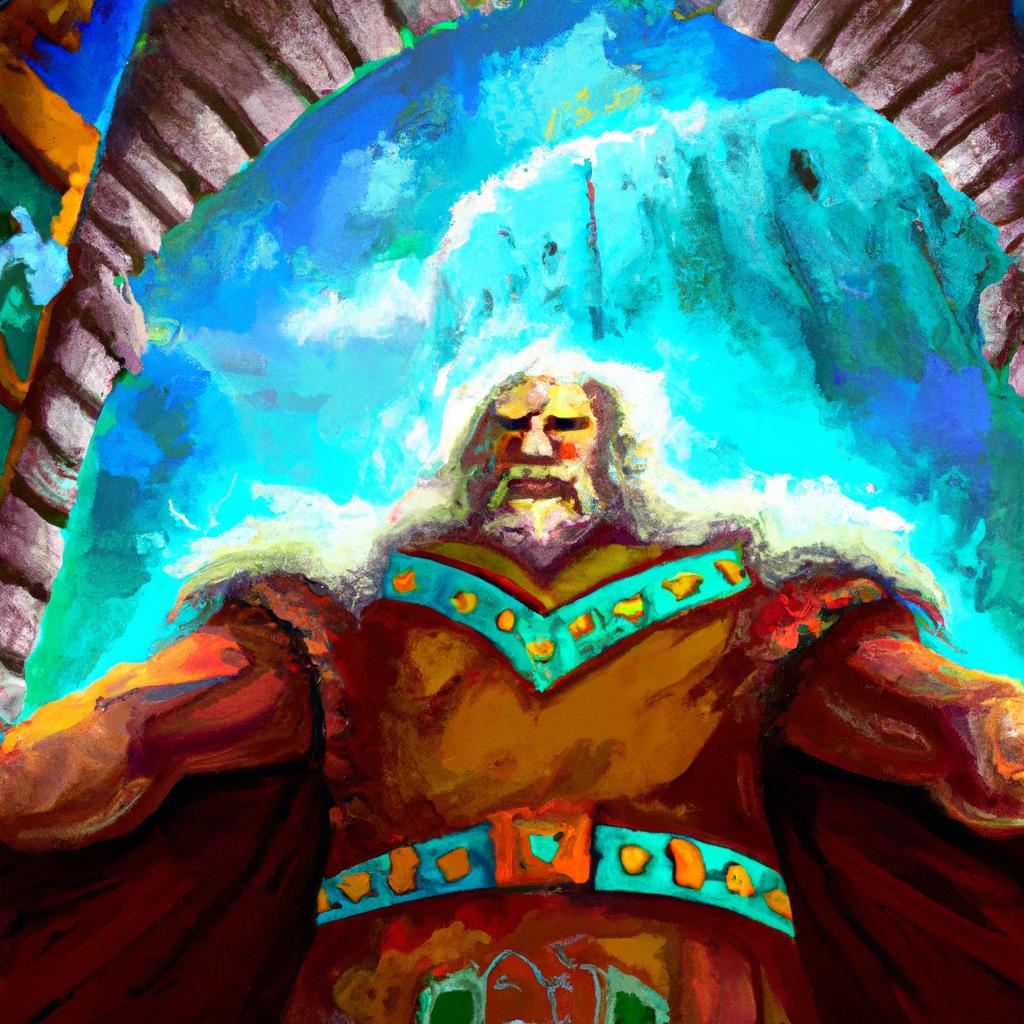
Throughout history, various theories have emerged surrounding the existence of giants in Ireland. Let’s delve into a few plausible explanations:
Scientific Explanations for Giant Remains
Some propose that the remains of giants found in Ireland could be misidentifications of ancient animals. The colossal size of extinct species like the Megaloceros, a giant deer, might have been mistaken for human giants. Additionally, prehistoric animal remains, such as woolly mammoths and rhinoceroses, could have been inaccurately identified as giant human bones.
Folklore and Superstitions Surrounding Giants
Another theory suggests that the tales of giants in Ireland stem from folklore and superstition. Giants were often portrayed as supernatural beings with incredible strength and magical abilities. These stories may have served as attempts to explain natural phenomena beyond human comprehension.
The Possibility of Genetic Mutations or Abnormalities
While it may sound extraordinary, some believe that giants in Ireland could have been the result of genetic mutations or abnormalities. Although the concept of a race of superhumans seems far-fetched, documented cases of gigantism, a condition causing excessive growth, give credence to the idea that individuals several feet taller than average may have existed.
In conclusion, while concrete evidence of giants in Ireland remains elusive, the enduring legends surrounding these mythical beings continue to captivate and inspire. Whether these stories originated from misidentified remains, folklore, or genetic abnormalities, giants occupy a significant place in the heart of Irish culture.
Giants in Irish Literature and Art
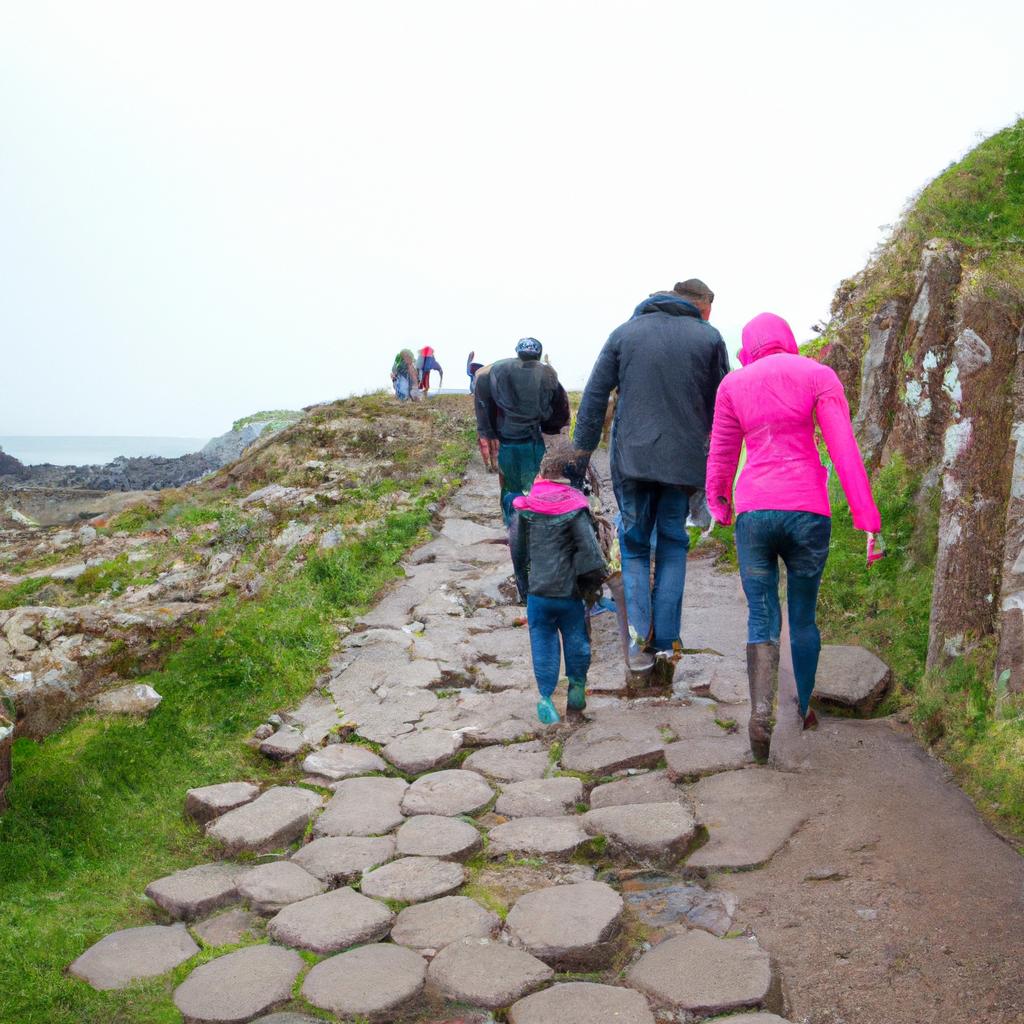
Irish literature and art beautifully encapsulate the enchanting allure of giants. Explore their rich presence in the following aspects:
Depictions of giants in Irish literature
Irish literature, steeped in ancient tales, carries the legacy of giants. The legendary battles between Fionn mac Cumhaill and the giant Cúchulainn, the ominous presence of Balor and his deadly eye, and the construction of the Giant’s Causeway by Finn McCool are just a glimpse of the captivating narratives featuring giants. These tales have transcended time and continue to inspire contemporary Irish authors.
Giant sculptures and art pieces in Ireland
Throughout the Emerald Isle, impressive sculptures and art pieces immortalize the legends of giants. The colossal statue of Finn McCool at the Giant’s Causeway, towering over 11 meters, stands as a testament to Ireland’s mythical heritage. Countless other sculptures of giants, including Cúchulainn, grace public spaces and parks, reinforcing the profound influence of giants on Irish art.
The role of giants in Irish folklore and storytelling
Giants hold a significant place in Irish folklore and storytelling, woven into the very fabric of Irish culture. The Giant’s Causeway, a natural wonder, stands as a testament to the enduring tales of giants. Passed down through generations, these stories have shaped the Irish identity, inspiring awe and curiosity.
In conclusion, giants have left an indelible mark on Irish literature and art. Through ancient legends and modern adaptations, they have become an integral part of Irish culture, captivating the hearts and minds of both locals and visitors alike.
Contemporary Views on Giants in Ireland
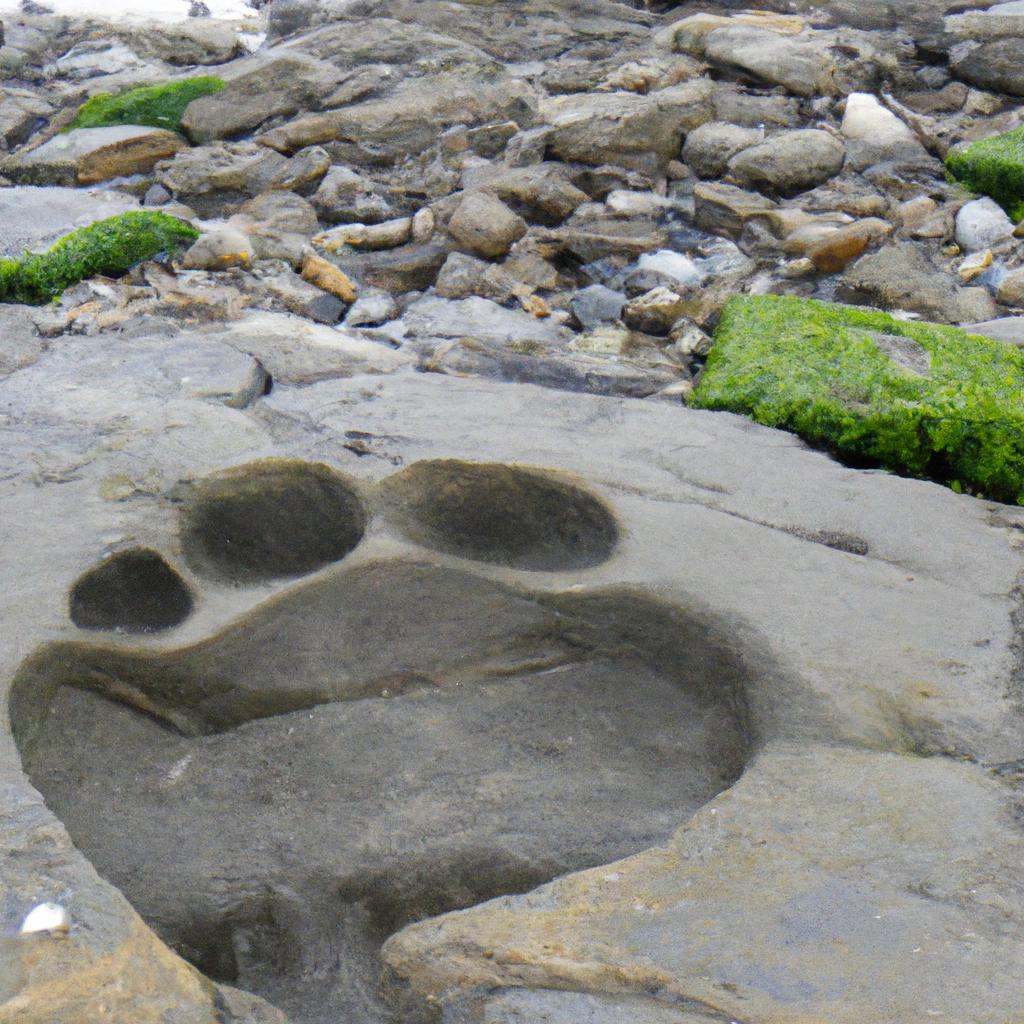
As we explore the present-day perspective on giants in Ireland, let’s examine the following:
Modern-day beliefs and superstitions about giants
Though physical belief in giants may have diminished, superstitions and beliefs surrounding these mythical beings still endure. The sighting of a rainbow and a shadow simultaneously is said to indicate the presence of a nearby giant. Additionally, discovering a giant’s footprint is believed to bring good luck, keeping the spirit of giants alive in Irish folklore.
The impact of giants on Irish tourism
Giants, deeply rooted in Irish culture, have also become a driving force behind Irish tourism. The Giant’s Causeway in Northern Ireland and the Giant’s Ring in Belfast are just a couple of the many giant-themed attractions available to visitors. Guided tours take adventurous souls to sites where giants were said to have lived or battled, immersing tourists in the enchanting world of giants.
How giants continue to influence Irish culture and identity
Giants continue to be influential figures in Irish culture, leaving an indelible mark on contemporary society. From literature to art and even popular culture, giants are a constant source of inspiration. The beloved children’s book “The BFG” by Roald Dahl, featuring a gentle giant befriending a young girl, demonstrates their enduring appeal.
In conclusion, giants may dwell in the realm of myth, but their influence on Irish culture and history remains undeniable. They are embedded in Irish folklore, inspiring countless tales and traditions. Giants have become an integral part of Ireland’s cultural heritage, enriching the tapestry of its enchanting identity.
Conclusion

In summary, giants have left an indelible mark on Ireland’s cultural landscape. From ancient legends to modern-day explorations, the fascination with giants remains ever-present. While the existence of giants in Ireland may remain a mystery, their enduring legacy continues to inspire and captivate us.
At TooLacks, we celebrate Ireland’s rich history and culture, embracing the captivating world of giants. We hope this article has sparked your curiosity and provided a deeper understanding of the significance of giants in Irish culture. So, keep your eyes peeled for these mythical creatures as you venture through Ireland—you never know when you might stumble upon their extraordinary presence!
